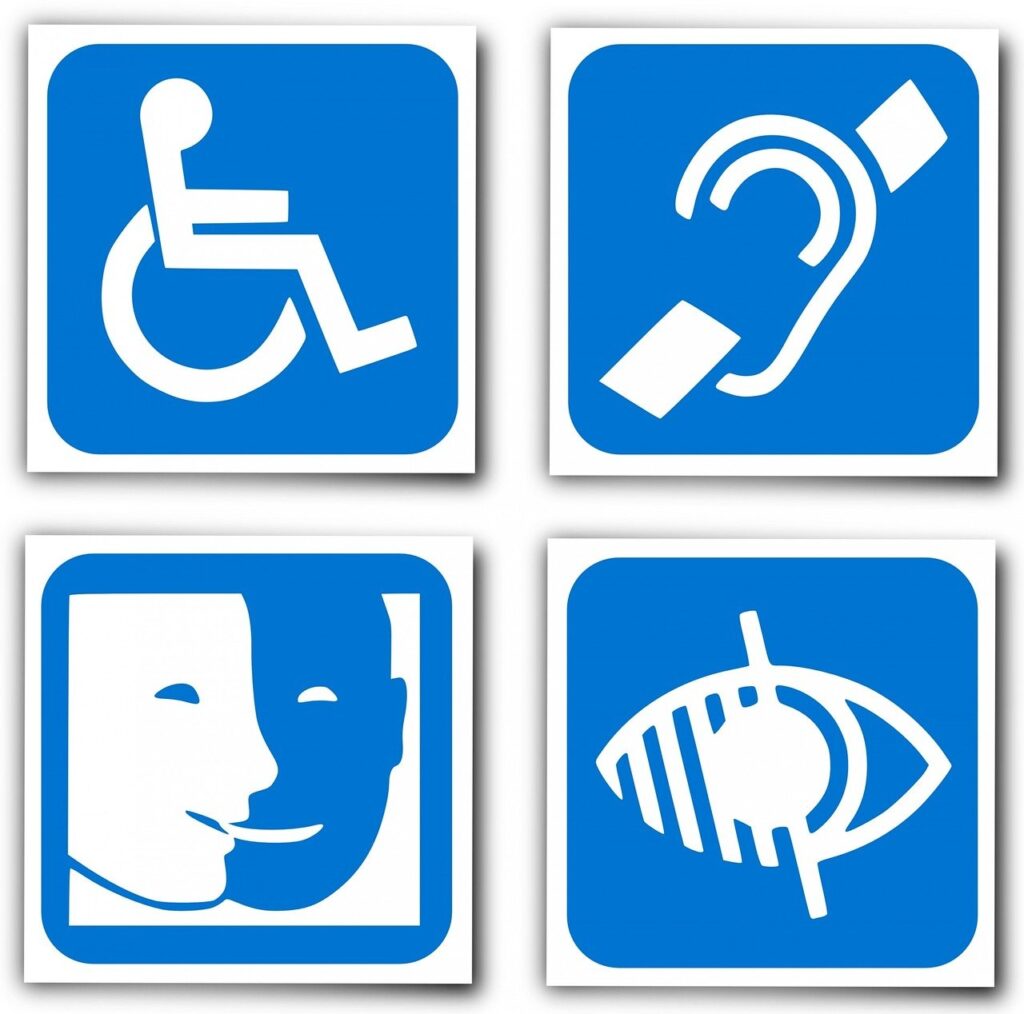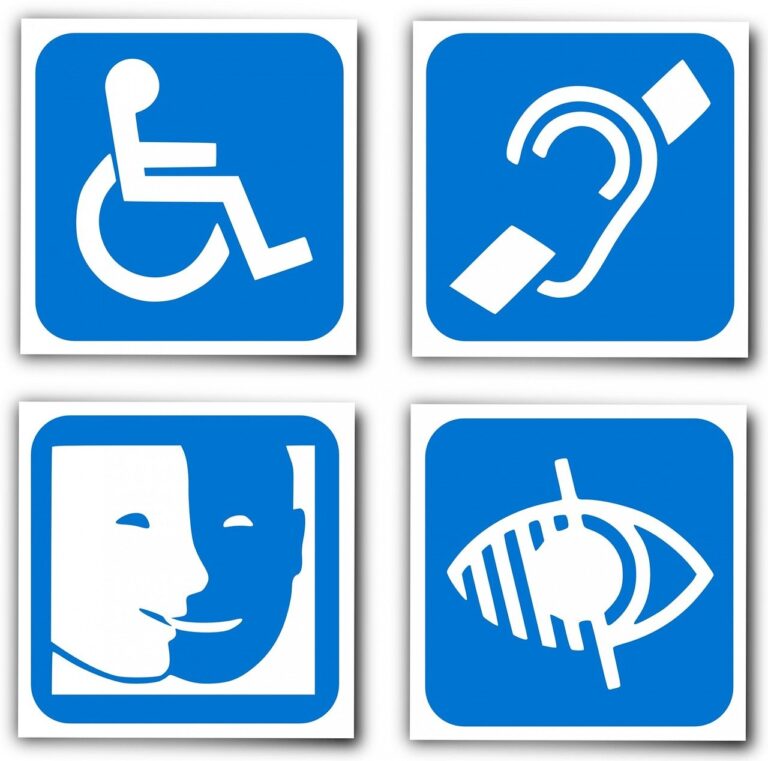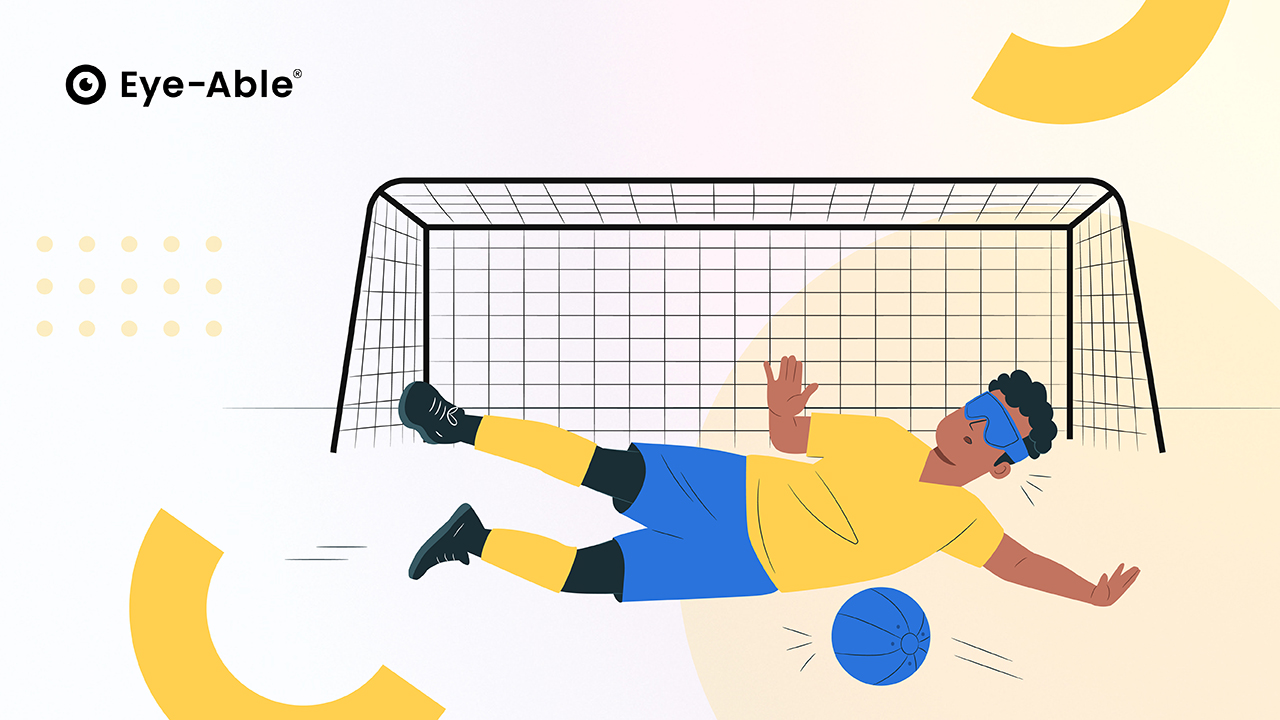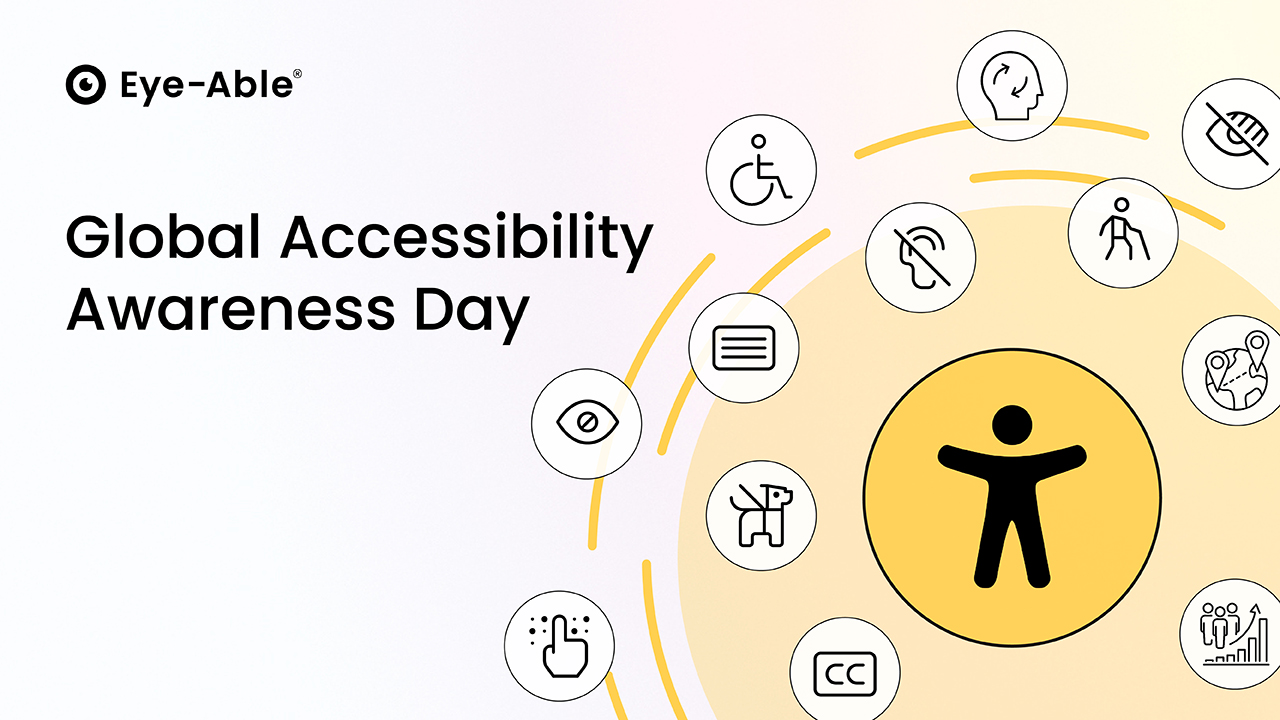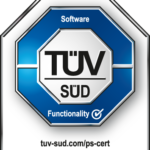Especially in times of digitalization, inclusion should be at the forefront of design and user experience. A crucial aspect of creating truly accessible and inclusive products and services is to include users with disabilities in the design process.
Designing for people with disabilities requires a deeper understanding of their unique challenges, needs and preferences. Nothing can replace the first-hand experiences and perspectives of those who are directly affected.
By involving people with disabilities, accessibility barriers that would otherwise go unnoticed can be more easily identified. They can provide feedback on the usability of interfaces, the effectiveness of assistive technologies and the overall accessibility of a product or service. This feedback makes it possible to improve designs so that they are accessible to all.
Creating inclusive design processes is not just about gathering feedback or meeting legal requirements; it's about giving people with disabilities a voice. By actively involving them, we recognize their expertise and lived experiences. This process allows people with disabilities to actively participate in the design of the products and services that directly impact their lives, and that is an experience whose value goes beyond mere legal compliance.
Inclusive design is not only an ethical or legal imperative, but also makes economic sense, because by addressing all people, you also increase your own reach.
In order to truly implement the principle of "accessibility", an inclusive design culture must be promoted in companies. This includes creating spaces where people with disabilities feel comfortable sharing their experiences and opinions. It also means involving them from the early stages of the design process and maintaining an ongoing dialog throughout the development cycle.
Accessible design is an integral part of today's world, because if all people are to be addressed, all digital content must also be accessible. Together, we can create a more accessible world for everyone, where no one is excluded, and this is exactly the goal we are pursuing.


